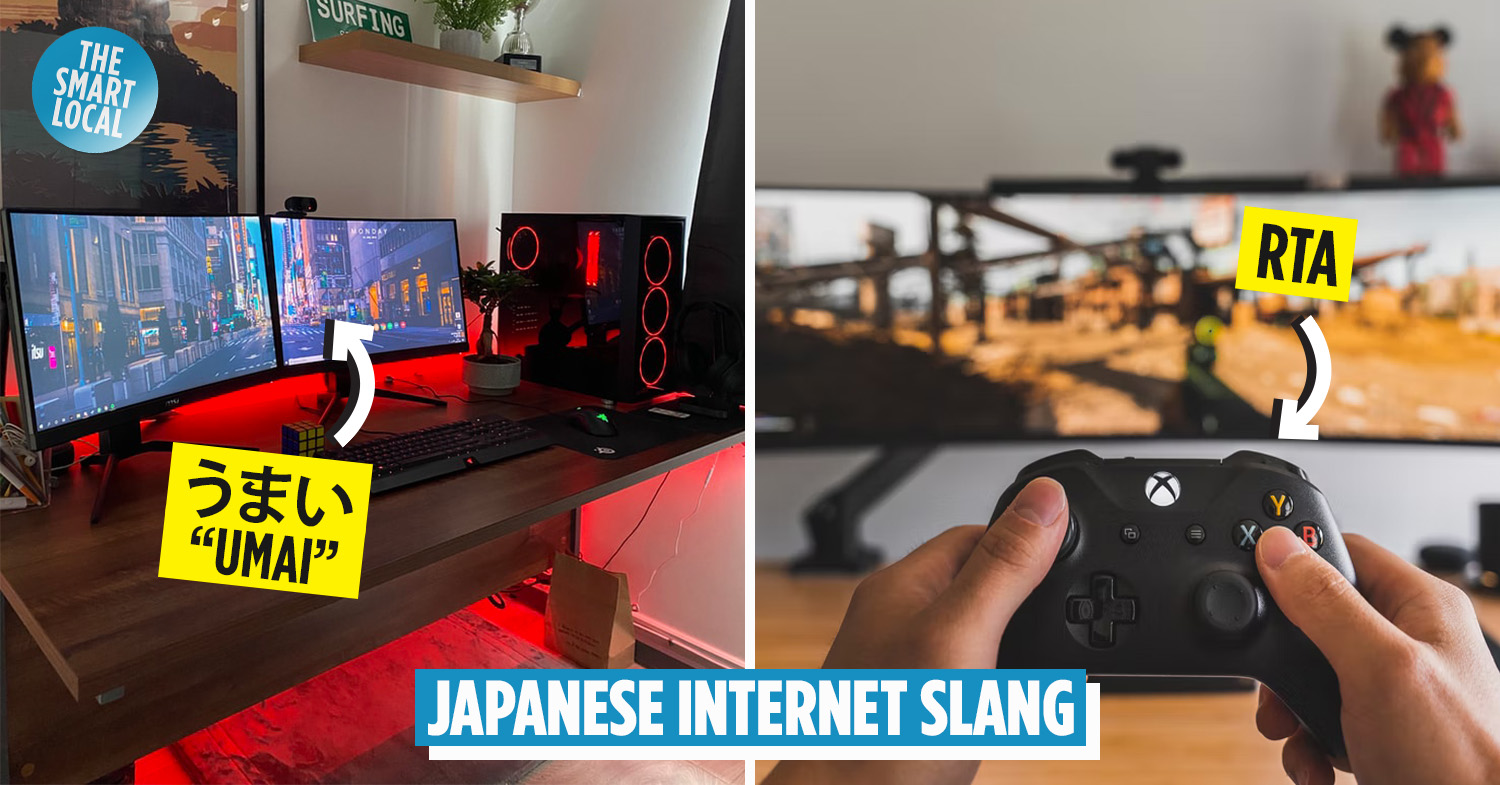Japanese internet slang
Japanese streamers – especially virtual YouTubers – are on the rise, and with it comes a slew of jargon that only those in the know will, well, know. This guide will help you navigate the confusing world of Japanese internet slang and help you blend in with the cool kids.
1. 8
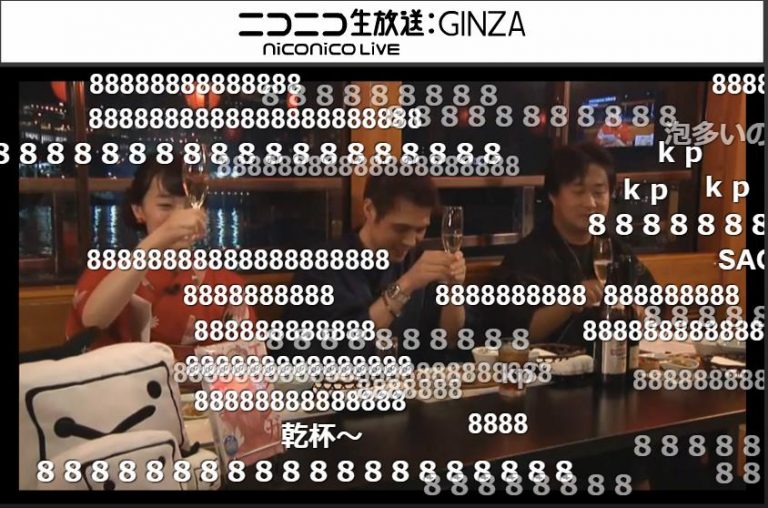
Image credit: ニコニコインフォ
Regular users of Nico Nico, a Japanese livestreaming and video website, will have seen multiple 8888s flying across the screen at some point.

Video adapted from: Bones
“8” is a Japanese internet slang that represents applause. 8 can be read as both “hachi” or “pachi” in Japanese, and pachi is a Japanese onomatopoeia for clapping sounds. The number of repeated 8s depends on the user and how impressed they are by the streamer – the more enthusiastic they are, the more 8s they’ll use.
2. w
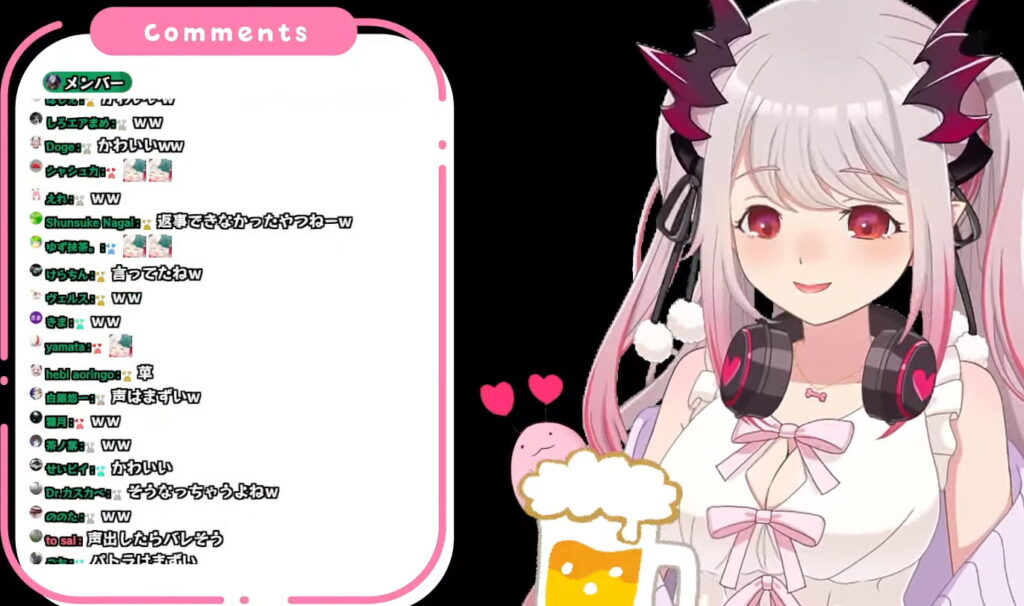
Japanese virtual YouTuber Patra’s livestream chat.
Image adapted from: Patra Channel / 周防パトラ 【ハニスト】
“W” is essentially the Japanese version of “lol”, and it’s used to express laughter or amusement. It is a common Japanese slang that is derived from the Japanese word “笑う” (warau), which means “to laugh”.
When used repeatedly – “wwww” – it denotes great amusement, similar to how English-speakers would use “LOL” or “lololol”.
3. 草 (kusa)

Image credit: Ochir-Erdene Oyunmedeg
“草” (kusa) is the kanji for grass, and it is basically an evolved form of “w” used for expressing laughter. When you type “w” repeatedly – “wwww” – it looks like a row of grass, and the kanji for grass is 草 (kusa).
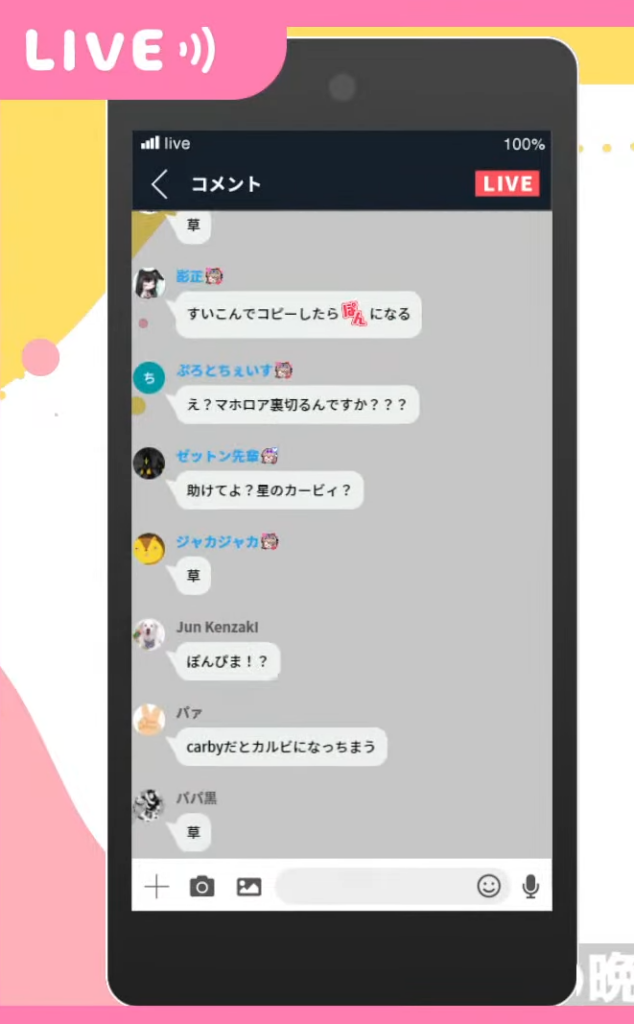
Japanese virtual YouTuber Furen’s livestream chat.
Image adapted from: フレン・E・ルスタリオ
This creative way of expressing oneself in abstract internet slang is not easily understandable for those who aren’t familiar with the Japanese language, but once you get it, it is amusingly witty.
4. RTA (real time attack)

Image credit: Sam Pak
Real Time Attack – abbreviated as RTA – is a Japanese internet slang that refers to speedruns, and it is a useful term to know for those who love watching Japanese gaming videos or livestreams.
An RTA for a game would include in-game cutscenes and loading times – the timer starts when the game starts and stops and the player completes the game.
To see how a typical RTA video goes, watch TSU’s Dark Souls RTA here.
5. 海外ニキ (kaigai niki)

Image credit: Eliott Reyna
“海外” (kaigai) means “overseas”, while “ニキ” (niki) is short for “アニキ” (aniki; brother).
海外ニキ (kaigai niki) thus translates to “overseas bros” and is often used by streamers to address their overseas fanbase.
You can watch Oozora Subaru – a popular Japanese virtual YouTuber – addressing her kaigai niki in her livestream replay here:
Video credit: Subaru Ch. 大空スバル
6. 日本ニキ (nihon niki)

Image credit: PoChun Yang
“日本ニキ” (nihon niki) translates to “Japan bros”, and it’s used to address the streamers’ Japanese fanbase.
“日本” (nihon) means “Japan”, and as established, “ニキ” (niki) is short for “アニキ” (aniki; brother).
Like the streamers, you can play around with the term and modify it according to your needs. For example, you can use “高校二キ” (koukou niki) for your bros in high school. Who knows, it may just become the next popular internet slang!
7. 雑談 (zatsudan)

Image credit: Twitch
Frequent Twitch users will be familiar with the “Just Chatting” category on the platform. Streamers under this category are not streaming any game, but are simply chatting with their fans or about a particular topic.
“雑談” (zatsudan) is exactly like Twitch’s “Just Chatting” category – the Japanese slang term translates to “idle talk”.
You can watch Japanese virtual YouTuber Patra’s livestream replay of her zatsudan here:
Video credit: Patra Channel / 周防パトラ 【ハニスト】
Patra chatted about a variety of topics such as drinking (alcohol), games such as Elden Ring, and shared funny stories with her viewers.
8. お知らせ / おしらせ (oshirase)
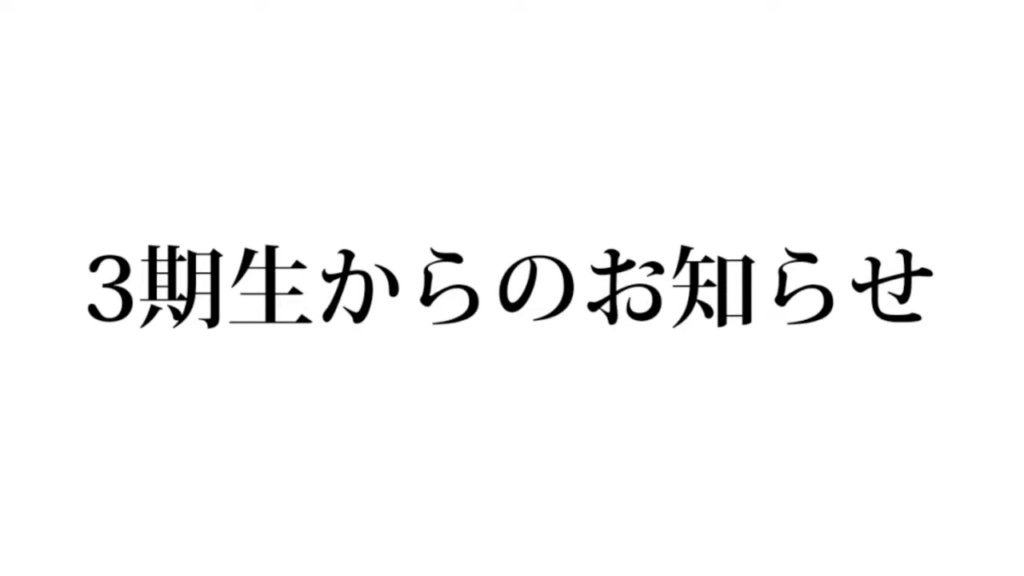
Third generation Hololive members livestream video image
Image adapted from: Pekora Ch. 兎田ぺこら
“お知らせ” or “おしらせ” (oshirase) translates to “announcement”, and will often be placed in the title or thumbnail of a livestream when the streamer has an announcement to make.
A recent example would be the oshirase livestream of the third–generation Japanese virtual YouTubers from Hololive, a virtual YouTuber agency. The livestream addressed the termination of a Hololive member, Uruha Rushia, on 24th February 2022.
9. うまい (umai)

Image adapted from: Richard Iwaki & Jura
The phrase “うまい” (umai) is more commonly used to describe the deliciousness of food. Its kanji form, “美味い” (umai), can be used interchangeably with “美味しい” (oishii), which also means “delicious”.
However, umai can also be used to compliment others, and its kanji form is written as “上手い” (umai). “上手い” (umai) is similar to “上手” (jouzu), which means “to be good or skillful” at something.
During livestreams, umai is often used to compliment someone’s skill in a game, at cooking, or even their singing ability – it all depends on what the streamer is currently doing.
10. 耐久配信 / 耐久 (taikyuu haishin/taikyuu)

Image credit: Sean Do
“耐久配信” (taikyuu haishin) or “耐久” (taikyuu) means “endurance stream” – the streamer won’t quit streaming until a certain milestone is reached in a game.
These types of streams can last over 10 hours, depending on what kind of game it is and what milestone the streamer wants to accomplish.
You can check out Japanese Twitch streamer Merochin’s Apex Legends taikyuu stream, where he only stopped playing after getting 10,000 kills on a character in the game. His taikyuu stream was over 13 hours long.
Japanese internet slang
We know how difficult it is to navigate an unfamiliar platform in a language that’s not your native tongue, much less trying to understand the streamer and deciphering the slew of Japanese words flooding the comment section. Hopefully, our guide to Japanese internet slang will make it easier for you to navigate the world of Japanese streamers.
For more language guides, check out these articles:
- Japanese slang you can use to impress your Japanese friends
- Useful Japanese tips
- Essential Japanese phrases
- Japanese phrases for shopping
- Japanese phrases for eating out
